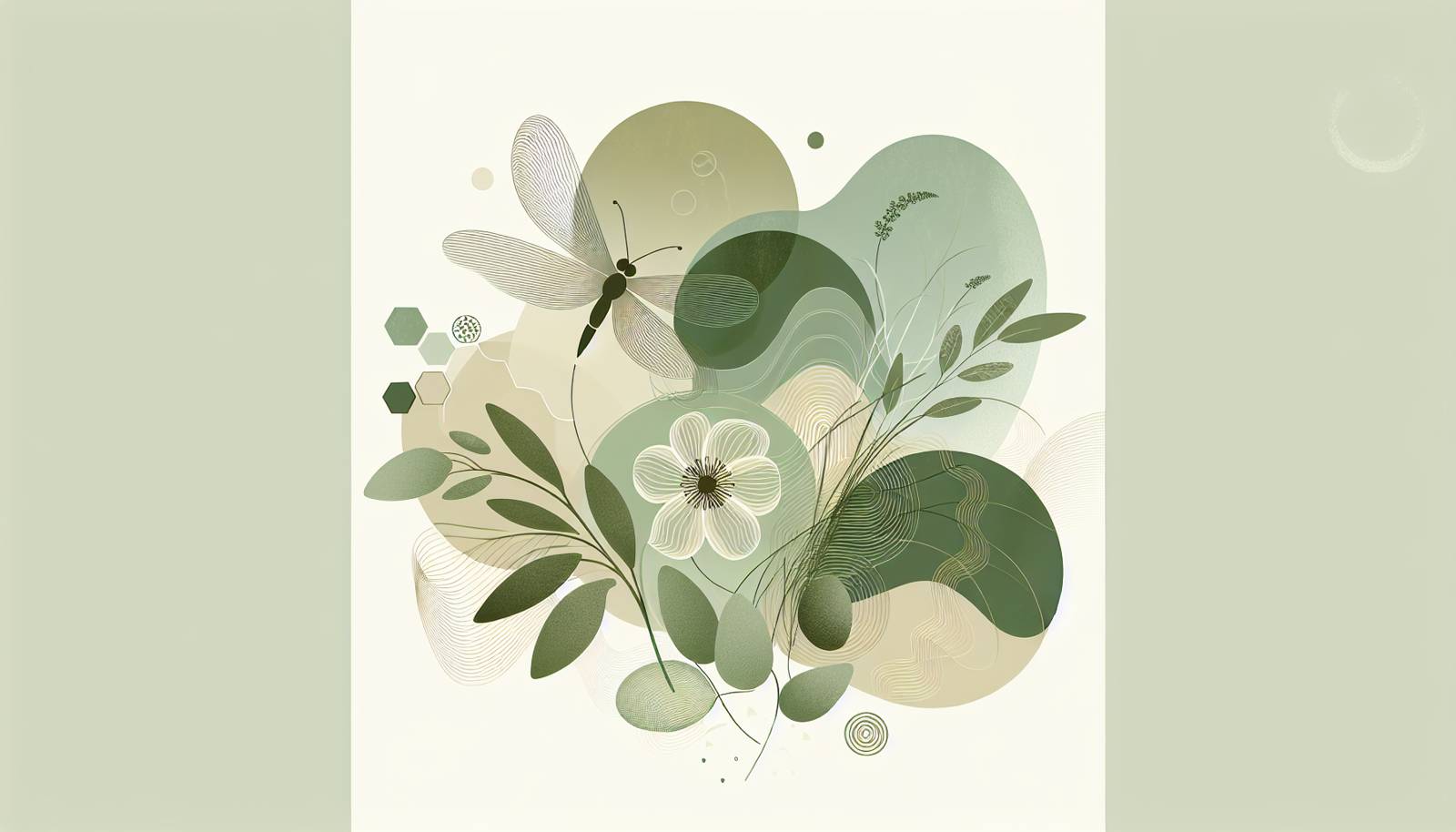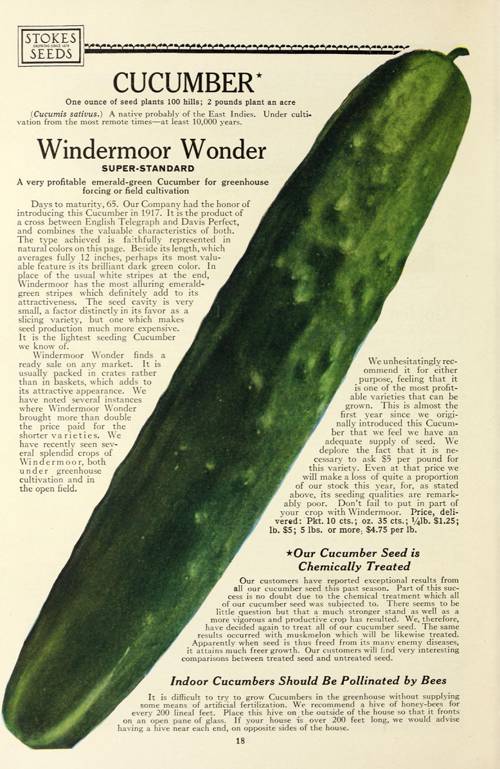
FAQ About Artificial Pollination for Indoor Plants

What is artificial pollination for indoor plants?
Artificial pollination for indoor plants involves manually transferring pollen from the male part of a flower (anther) to the female part (stigma) to facilitate fertilization and fruit production. This process can be necessary in controlled environments where natural pollinators like insects and wind are not present.

Why is artificial pollination important for indoor plants?
Artificial pollination is important for indoor plants because it ensures the plants receive the necessary pollen to produce fruits and seeds. In indoor environments, natural pollination agents such as bees or wind might be absent, making it challenging for plants to naturally reproduce and yield fruit.

What tools can be used for artificial pollination?
Common tools for artificial pollination include small paintbrushes, cotton swabs, and even fingers. These tools help in gently transferring pollen from the male to the female parts of the flowers. The choice of tool often depends on the size and type of the flower.

Which indoor plants benefit most from artificial pollination?
Indoor plants such as tomatoes, peppers, cucumbers, and strawberries benefit significantly from artificial pollination because they are typically grown indoors for fruit production, where natural pollination might not occur.

Can artificial pollination improve plant yield indoors?
Yes, artificial pollination can improve plant yield indoors by ensuring that flowers are pollinated efficiently, leading to better fruit set and potentially higher yields. This is especially beneficial in environments lacking natural pollinators.

How often should artificial pollination be performed on indoor plants?
The frequency of artificial pollination depends on the plant species and its flowering cycle. Generally, as soon as flowers open, they should be pollinated to increase the chance of successful fruit production. It might need to be repeated if the plant continues to produce new flowers.

What are the signs of successful artificial pollination in indoor plants?
Successful artificial pollination is usually indicated by the development of fruit or seed pods after some days of pollinating the flowers. Additionally, the stigma may appear to close or shrivel once pollination has occurred.

Are there any risks associated with artificial pollination for indoor plants?
Risks are minimal if you handle the plants gently. However, excessive handling or rough techniques can damage delicate flowers. Additionally, over-pollination can lead to fruit abnormalities or lower fruit quality.

Can artificial pollination be used for non-fruiting indoor plants?
While artificial pollination is primarily used to aid fruit production, it can also encourage seed production in flowering plants that are non-fruiting. This process can help in breeding or preserving plant varieties.

Is artificial pollination needed year-round for indoor plants?
Artificial pollination is typically aligned with the plant’s flowering cycle, which means it is not usually needed year-round. Indoor plants often bloom at specific times, and pollination can be synchronized with these periods.

How does lighting influence the need for artificial pollination?
Proper lighting is crucial for the overall health of plants and their ability to flower. Sufficient light can encourage optimal flower production, reducing the stress of artificial pollination by providing a healthy number of blooms to work with.

Can artificial pollination replace the role of natural pollinators completely?
While artificial pollination can effectively replace natural pollinators in controlled environments, it requires manual intervention and can be labor-intensive, making it impractical on a large scale compared to natural pollination systems.

What are the best conditions for performing artificial pollination on indoor plants?
The best conditions for artificial pollination include a stable indoor temperature, adequate lighting, and ensuring that flowers are dry. Pollen is more effectively transferred and viable in non-humid, warm conditions.

How can I ensure high-quality pollen transfer during artificial pollination?
For high-quality pollen transfer, use clean, dry tools, and gently move pollen from the anther of one flower to the stigma of another. Practice helps refine the technique, ensuring more efficient pollination and better fruit set.

Can technology assist in artificial pollination for indoor plants?
Yes, technology such as robotic pollinators and automated brushes is being developed to assist in the pollination process, making it more efficient, especially in larger indoor farming operations.

What is the difference between artificial and natural pollination processes?
The main difference is that artificial pollination is manually performed by humans using tools, whereas natural pollination relies on environmental agents like insects, birds, wind, and water to transfer pollen.

How can I practice sustainable artificial pollination?
Sustainable practices include using biodegradable or reusable tools, selecting plant varieties that require less frequent pollination, and integrating low-energy solutions such as hand pollinators instead of mechanical devices.

Can artificial pollination be used to cross-pollinate different indoor plant species?
Yes, artificial pollination can be used for cross-pollination if the plant species are compatible. This technique is often used in plant breeding to create new hybrids with desirable traits.

What are some common misconceptions about artificial pollination?
A common misconception is that all indoor plants require artificial pollination; however, many ornamental or foliage plants do not need it as they do not produce fruits or seeds. Another is that artificial methods are complex; when in reality, they are quite straightforward with practice.

Is there any training or skills required for artificial pollination?
While specific training is not mandatory, having a basic understanding of plant biology and flower anatomy can greatly enhance the effectiveness of artificial pollination. Numerous tutorials and resources are available to help novices develop these skills.
